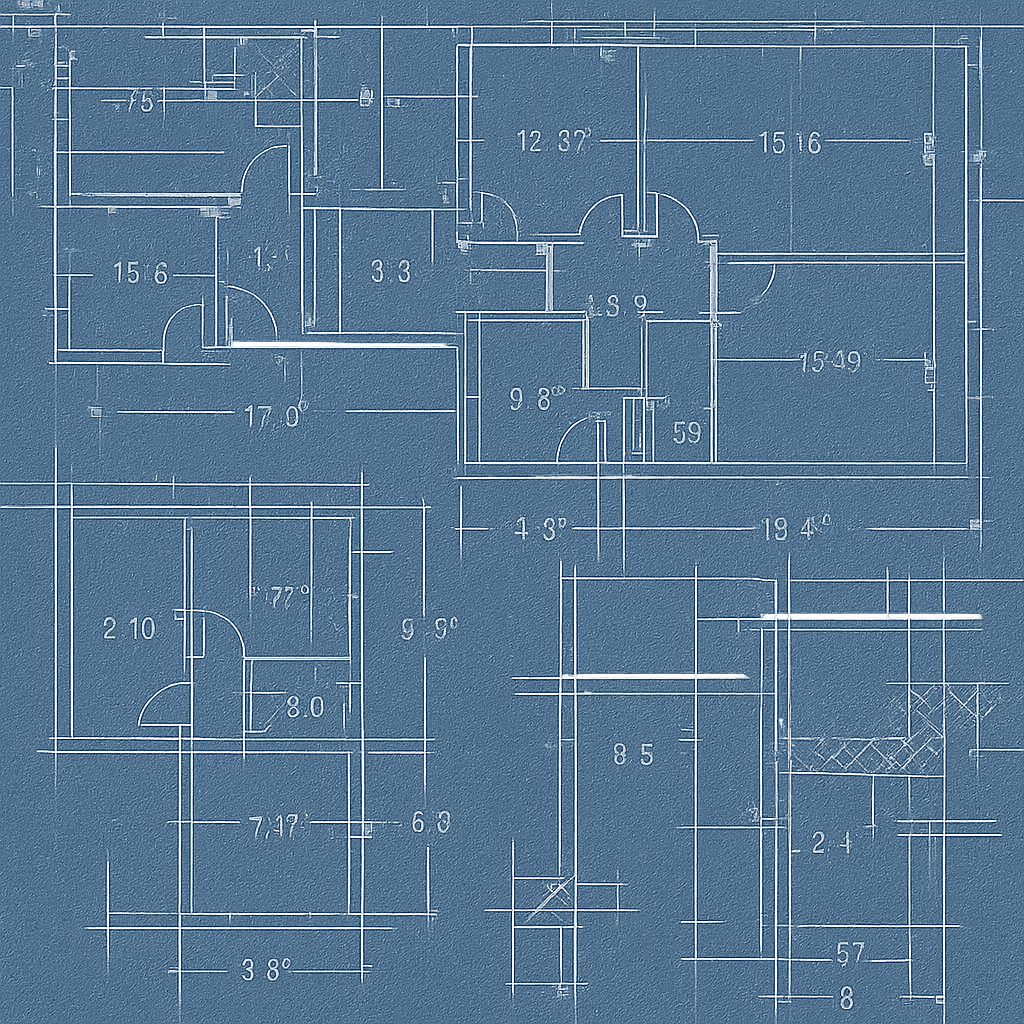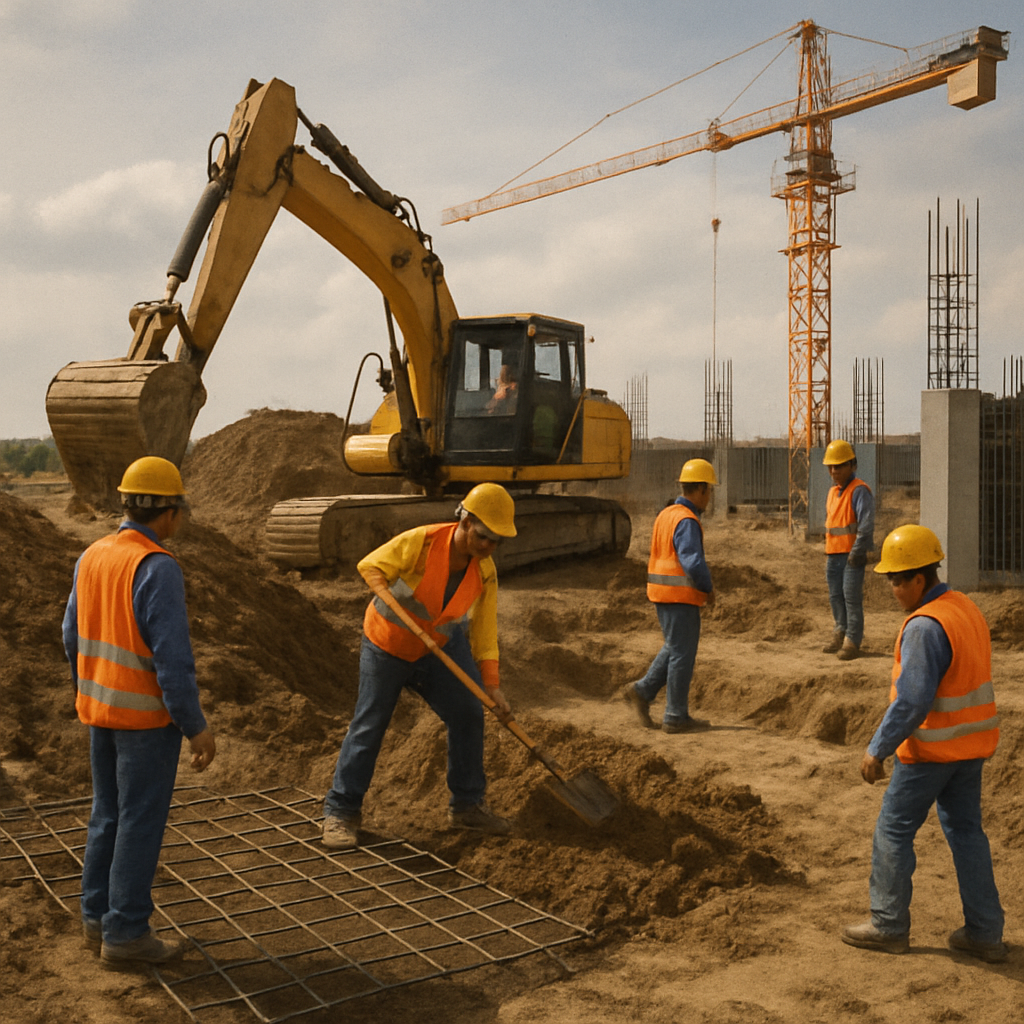Mastering the New Home Construction Process
Building a new home is an exciting journey, but it's essential to understand the entire process from start to finish. Whether you're a first-time buyer or someone looking to downsize, having a clear understanding of the construction phases will make the experience smoother and more enjoyable. In this article, we will guide you through the new home construction process, providing detailed insights into each stage.

Planning Your New Home
The planning phase is the foundation of your home construction journey. During this stage, you'll work with architects and designers to create blueprints and plans that outline the layout and features of your new home. This phase involves making crucial decisions about the style, size, and functionality of your home.
Securing Permits and Approvals
Once the plans are finalized, the next step is obtaining the necessary permits and approvals from local authorities. This stage ensures that your new home complies with zoning regulations and building codes. It's a critical step that can affect the overall timeline of your construction project.
The Construction Timeline: From Groundbreaking to Completion

Pre-Construction Phase
The pre-construction phase involves site preparation and setting up the foundation. This stage includes clearing the land, leveling the site, and installing utilities such as water, electricity, and sewage systems. The foundation is then poured, marking the beginning of the construction process.
Framing and Roofing
Once the foundation is set, the framing phase begins. This involves constructing the skeleton of your home, including walls, floors, and the roof. Framing is a crucial step as it defines the structure and layout of your house. After framing, the roof is installed to protect the interior from the elements.
Plumbing, Electrical, and HVAC Installation
With the structure in place, it's time to install the essential systems that make your home functional. This phase includes plumbing, electrical wiring, and heating, ventilation, and air conditioning (HVAC) systems. Proper installation of these systems is critical to ensure the safety and comfort of your home.
Insulation and Drywall
Insulation is installed to regulate temperature and improve energy efficiency. Once insulation is in place, drywall is hung to create the interior walls and ceilings. This phase is where your home starts to take shape, providing a glimpse of the final product.
Interior and Exterior Finishes

The finishing phase includes installing flooring, cabinetry, countertops, and fixtures. Exterior finishes such as siding, paint, and landscaping are also completed during this stage. Attention to detail is essential to ensure that your home reflects your style and meets your expectations.
Final Inspections and Walkthrough
Before moving in, your new home must pass a series of final inspections to ensure it meets all building codes and safety standards. Once approved, you'll conduct a walkthrough with your builder to identify any issues or touch-ups needed. This is the final step before you can enjoy your new home.
Navigating the New Construction Home Buying Process
Understanding the new construction home buying process is just as important as the construction itself. Here are some steps to guide you through this journey:
Choosing the Right Builder
Selecting a reputable builder is crucial for a successful construction experience. Research potential builders, check references, and review their previous work to ensure they meet your standards.
Financing Your New Home
Financing a new construction home can differ from buying an existing property. Consider obtaining a construction loan, which covers the cost of building your home and converts to a mortgage once construction is complete.
Customizing Your Home
One of the benefits of building a new home is the ability to customize it to your liking. Work with your builder to select finishes, fixtures, and features that suit your lifestyle and preferences.
Understanding Your Warranty
New homes typically come with a builder's warranty that covers defects in workmanship and materials. Familiarize yourself with the terms of your warranty to ensure you're protected in case of any issues.
Conclusion: Embrace the Journey of Building Your New Home
Building a new home is a significant milestone that requires careful planning and consideration. By understanding the construction phases and the new construction home buying process, you can navigate this journey with confidence. Remember, communication with your builder and staying informed at each stage are key to ensuring a successful outcome. With the right approach, you'll soon be enjoying the comfort and joy of your dream home.

